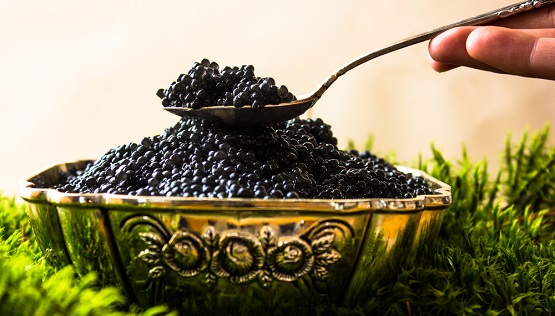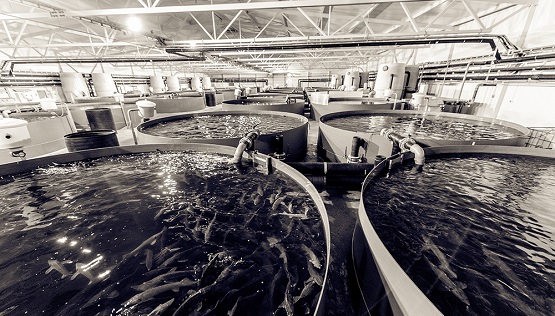- Home REN
- Home
-
Shop
-
Industries
- Processes
- Gases and Equipment
-
Services
-
Safety
-
Contact & Support
-
News & Media
- Agent Finder
Black gold from Finland
As the hunger for caviar continues to grow among the world’s gourmands, fish farms are increasingly being used to produce this so-called black gold. One such example is Carelian Caviar, a Finnish producer of sturgeon caviar – one of the most expensive foods there is.
Recirculation system for sustainable production
Carelian Caviar produces caviar without using any antibiotics or hormones. The fish are given GMO-free fish feed and the end product is made without the use of preservatives.
Whereas some fish farms release emissions of nutrients, which may negatively impact the surrounding environment, responsibly managed fish farms can produce large quantities of fish without burdening the environment. Furthermore, the sustainable production of farmed fish counteracts the overfishing of natural waterways, thereby protecting marine life and habitat.
Jani Rantula explains that Carelian Caviar is a proud example of an environmentally sound fish farm.“Our farm is based on a so-called Recirculation Aquaculture System (RAS), which means we recirculate the same water and clean it with filters. We replace at most one to two per cent of the re-circulated water, so our overall water usage is comparatively low,” says Rantula.
Meanwhile, sludge and wastewater from the fish farm goes to Stora Enso’s wastewater treatment plant where it is dried and used as fuel for energy production. Stora Enso’s paper mill also supplies heat to the fish farm. With the help of waste heat from the mill, the temperature in basins is maintained at +18° Celsius all year round.
Text: Isabelle Kliger
Photo: Shutterstock and Carelian Caviar

